It surprises me to admit that one of my favorite shows this season has been Horimiya: The Missing Pieces—surprising because viewing the original series was a frustrating experience for me. That “first season” skipped much of the in-between material in the manga, which is now being animated in this “second season.” Without all the “missing pieces” in the original anime, I was left with only the outline of the tale and without a deep connection to Horimiya and its characters. But with this new season filling in the blanks, I’m getting to know Hori, Miyamura, and the rest of the gang more intimately. And that’s not all. As I’m seeing how these two seasons fit together, I’m also being reminded that in my personal relationship with God, I also need to “complete the story” so I can grow closer to him.
But first, back to that original viewing of Horimiya. Having heard great things about the manga, I was so excited when the anime aired. The first episode came along and I loved it; I watched it multiple times following its premiere. Hori and Miyamura were so lovable right from the start. The animation was so pretty, the music was lovely, and the supporting characters seemed fun, too.
But by about episode five, I realized what all the manga readers surely already knew by that point: the Horimiya adaptation was rushing through the material to complete the series in just one season. What resulted was a series that I ultimately found cold. There wasn’t enough time baked in to get to know and care for all the supporting characters or to connect as deeply with the main ones as I would have liked. Additionally, the lack of flow made the series feel spacey and distant.
I completed the show anyway. It ended nicely, but I wasn’t affected deeply by the series. And ultimately, I left Horimiya feeling dissatisfied.
Still, I gave The Missing Pieces a go this season because I’m friends or partners with several involved in the English production of the series and I wanted to root them on. I’ll admit that I was also curious. I had these unresolved feelings about Hori, Miyamura, and the rest—I still had some connection to them, even if their story had let me down. Could watching the remaining parts of it make a difference in how I felt about Horimiya overall?
Now seven episodes into the series, I can firmly say that these additional elements, initially sacrificed to the constraints of a 13-episode cour, wholly and completely change how I feel about Horimiya. On its own, the original is rather pedestrian, just another anime thrown atop the pile of those that started strong but never delivered on their promise. But when The Missing Pieces is added to the fuller anime adaption, the experience changes entirely.
It’s strange because these side stories don’t seem to add much material of consequence to the series. There are two to three vignettes per episode and they feature small events like Miyamura and Sengoku trying to avoid taking their shirts off while swimming. How could this really change my view of the show?

The transformation occurs because these seemingly random details deepen the relationships between the characters and the viewer. Where once I barely knew who Iura was, I now know his outward personality more and, after seeing his interactions with his younger sister and her crush, his “at home” personality as well. Where I once only knew that I was supposed to feel bad for Kono since she was on the losing side of a love triangle, now I understand her heart better through seeing her additional interactions with others, witnessing her “cute” side when she discovers that Yanagi is as addicted to a weekly shonen magazine as she is, and feeling the bittersweet pangs of her learning to perform her Field Day cheers better, with help from her rival in love, Yoshikawa.
By themselves, these pieces seem insignificant—the kinds of scenes that it would make sense to cut out of the adaptation. But when inserted back into the story, they deepen that sense of relationship between the characters and the viewers. After all, having an intimate relationship with someone isn’t just about knowing the big events of their lives; it’s also about knowing the mundane and trivial things they do. These day-to-day activities are like the flesh on the story’s bones.
And that’s when it hit me: This is exactly why we as Christians need to read the Bible—the whole thing— and keep on reading it. Instead of just jumping to our favorite verses or doing a topical search of Bible Gateway for answers to our problems, we need to take in the whole book altogether. Just as the subtitle for this season of Horimiya indicates, the parts of the Bible we may skip are not optional; they are vital, “missing pieces” that are critical to God’s story.
When I previewed the topic of this post on Instagram, one person commented that we should just go back to the manga to get the whole story. There’s indeed wisdom in that thought. The very existence of The Missing Pieces infers that the first adaptation was incomplete. But Horimiya isn’t alone in this regard. How few adaptations there are that animate the entire story of a manga! Anime series rarely go on for long enough to cover an entire manga run, though all try to at least capture the proper essence of the original work. But some won’t do that properly, or they make edits and additions that get it completely wrong.
In the 16th century, a German monk became so convicted about the importance of “anime-only” Christians being able to read the original manga for themselves that he pushed back. Martin Luther’s protests eventually started a revolution that transformed the church. His efforts to reform corrupt church practices led to believers being able to read scripture in their everyday languages. Over time, as literacy improved and the printing press made Bibles more available, believers would become able to read the “manga” firsthand. They didn’t need to rely solely on the “anime adaptation” anymore—that is, on priests and preachers telling them what scripture said. Instead, they could look toward religious leaders and other believers to gain wisdom and experience in how to interpret and apply scripture; the “anime” would provide insight that could be used in tandem with their own readings of the “manga.”
We as believers have the original source material in our hands. And as Paul writes In 2 Timothy 3:16-17, “All Scripture is God-breathed and is useful for teaching, rebuking, correcting and training in righteousness, so that the servant of God may be thoroughly equipped for every good work.” The whole of scripture is “God-breathed,” and led by the Holy Spirit, we can come to know Him through it.
That’s right, it’s not just the famous verses, the Gospels, and Romans that we should read through. If we want to know God, we have the entirety of the Bible to use in learning about Him. And that is the reason to read all of scripture. It’s not to grow in our knowledge of our faith or to be a “good Christian,” though hopefully both of those things will result from it. It’s so that we can grow in our relationship with the Father. It’s so we can know Him better.
And ultimately, that’s the point of all this. Horimiya: The Missing Pieces or a reading of the original manga is meant to help us connect with the characters more deeply. And reading the breadth of scripture is for us to grow in intimacy with God. If you love Hori and Miyamura, you’ll love them all the more by reading about or viewing more of their lives; and if you love God, you’ll treasure him all the more by learning all the things about him that you might have missed when jumping around in scripture.
It’s not an easy commitment to make to read through the entire Bible (never mind to also read on a consistent and ongoing basis). To tell you the truth, it gets tough really quickly each time for me when I hit Numbers and Leviticus! But I promise you—and I can make this promise because God has promised it to us—you will be blessed by reading through all of His word. And that blessing isn’t just in being more knowledgeable (like some superfan of Horimiya) or having confidence that comes with finishing the thick tome on which your faith is founded—it’s in drawing nearer to the one who loves you most and to whom you’ve declared that you love the most in turn. Like putting down the final volume of Horimiya (which I recently did) or watching the last episode of Horimiya: The Missing Pieces, you can breathe a contented sigh in knowing you’ve completed it all; and then your next breath will be in anticipation in feeling something more: that you want to start all over again.


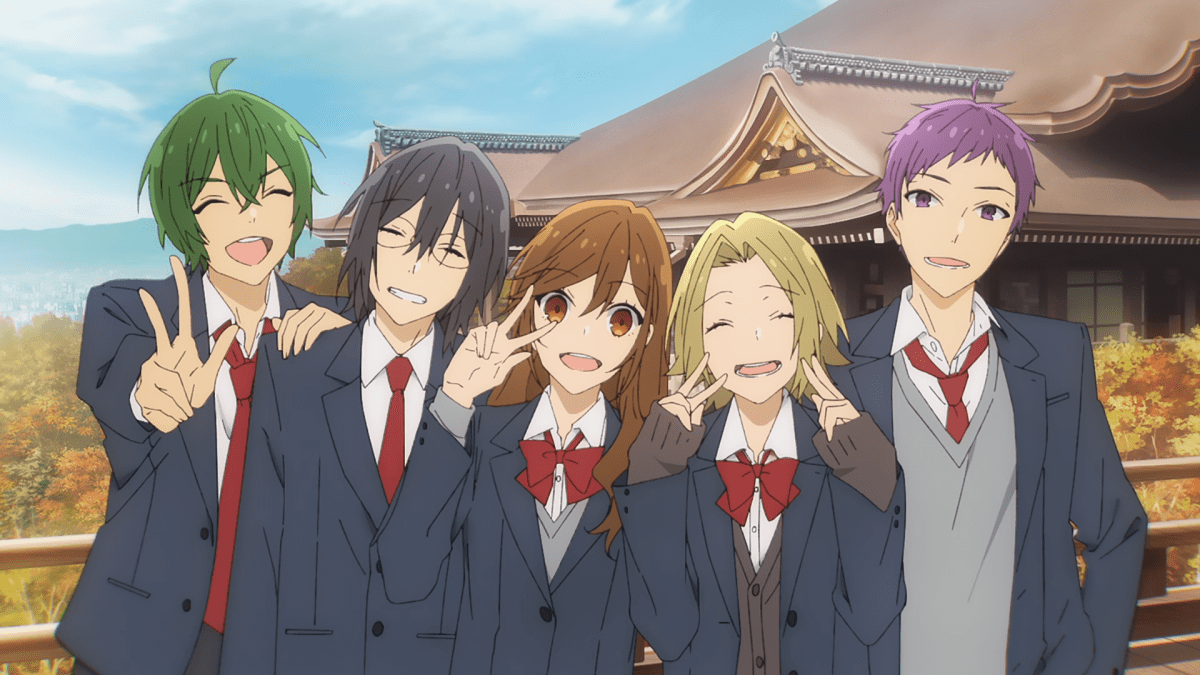
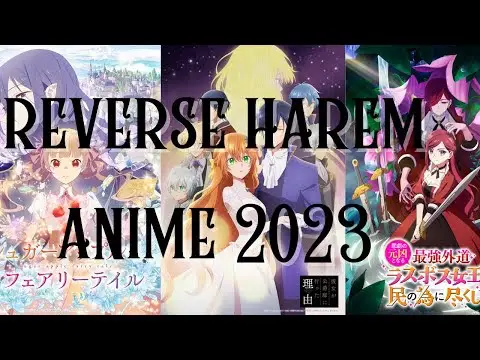

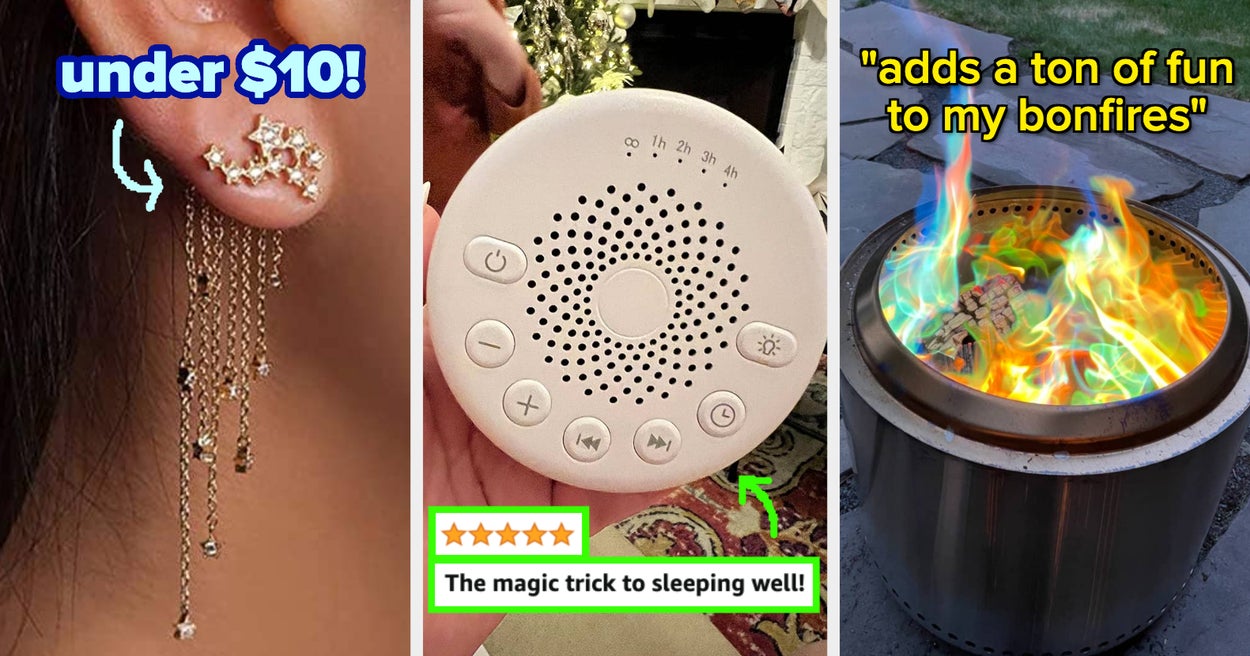


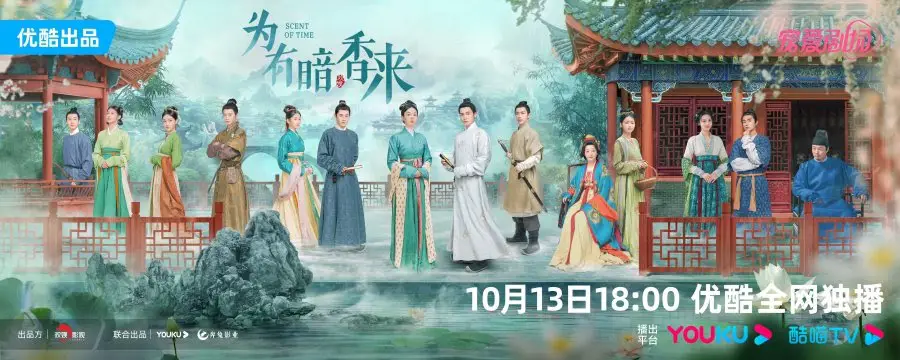
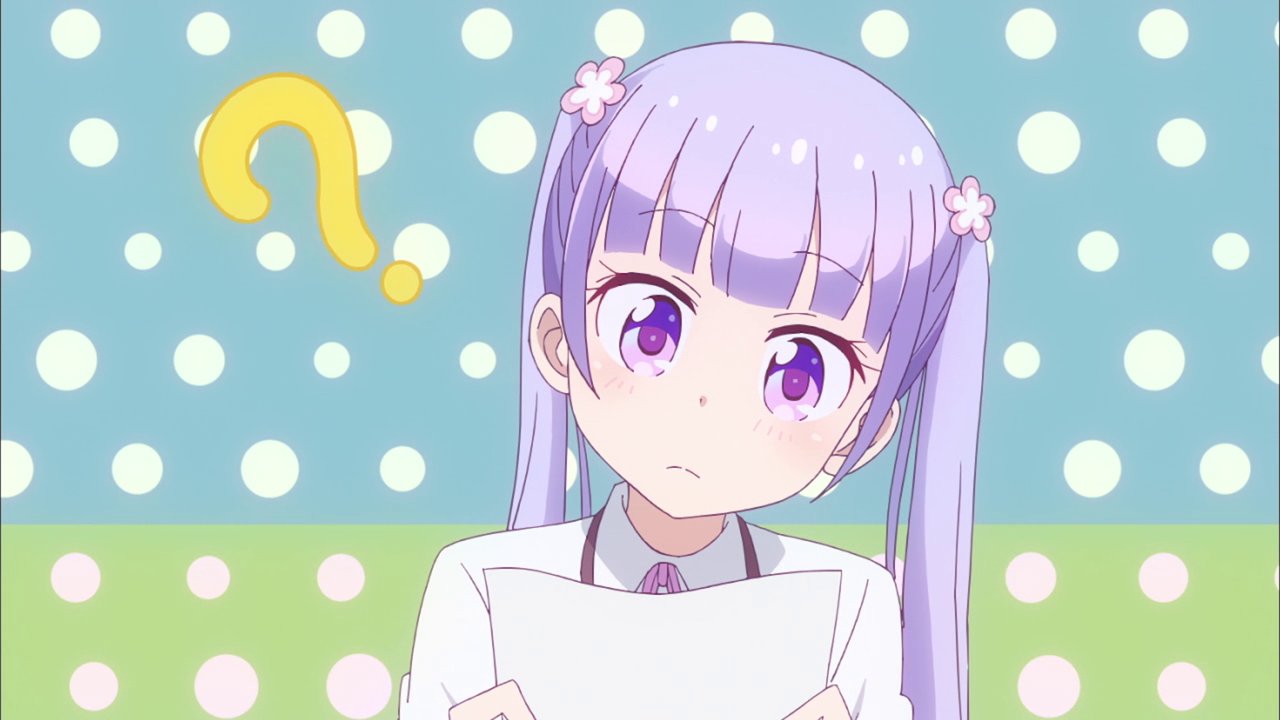
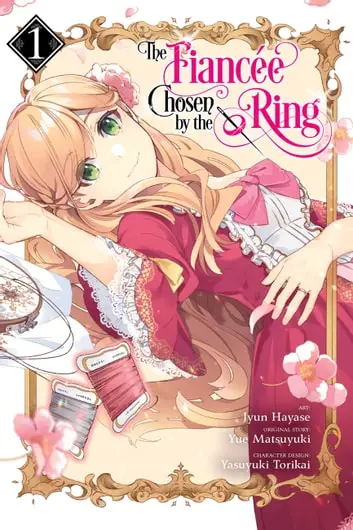

Leave a Reply